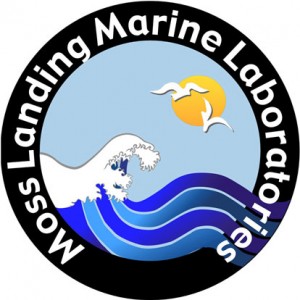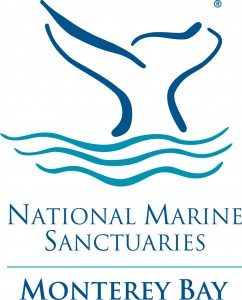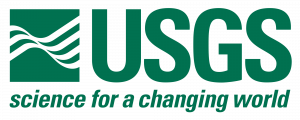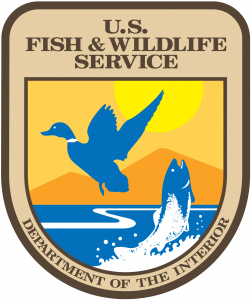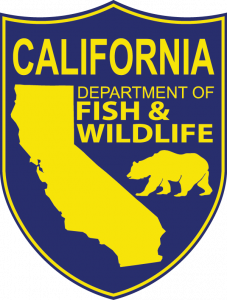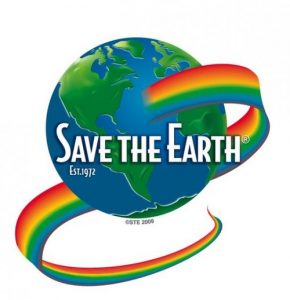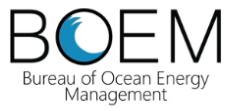ABOUT US
In 1997, we began a beach survey program using trained volunteers to survey beached marine birds and mammals monthly at selected sections of beaches throughout the Monterey Bay area. The program is a collaborative project between Moss Landing Marine Laboratories (MLML), the Monterey Bay National Marine Sanctuary (MBNMS), and other state and federal agencies including the California Department of Fish and Wildlife (CDFW), US Fish and Wildlife Service (USFWS), and US Geological Survey (USGS). The specific goal of the program is to use deposition of beach cast carcasses as an index of the health of the sanctuary. As of May 2023, we have more than active 90 volunteers that survey beaches from Santa Cruz to San Diego. This program has been greatly successful, providing data for a number of scientific papers, contributing to the conservation of sanctuary resources, identifying and quantifying oiled wildlife, and a great many more accomplishments. For more information, use the links at the top of the page.
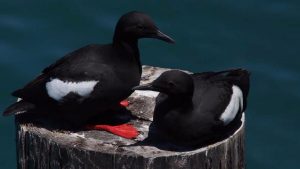
PROJECT OBJECTIVES
-
Obtain baseline information on rates of deposition of beachcast birds and mammals:
Trained volunteers identify and quantify all dead birds and mammals on sandy beaches along the central and southern California coastline, between the San Mateo/Santa Cruz County line and San Diego. Beach surveys are conducted monthly at most locations and 2 times per month at selected beaches. These data provide a baseline for deposition rates along the California coast during all seasons.
-
Assess causes of seabird and marine mammal mortality:
Volunteers note the cause of death (e.g. presence of oil or entanglement in fishing line) for each organism found. When possible, fresh specimens are collected for post-mortem examination by a veterinary pathologist from CDFW. Specimen collection is not currently conducted for voilunteer safety due to circulation of the Highly Pathogenic Avian Influenza.
-
Assess abundance of tar balls on beaches:
The abundance of tar balls on beaches is determined and used as an indicator of amount of chronic or low-level oil deposition. In the case of large deposition of oil, volunteers are trained in the proper procedure for sample collection and storage. These samples will be used to determine the source of the oil (e.g. natural seeps or vessel traffic).
-
Assist resource management agencies in early detection of mortality events, both natural and anthropogenic:
Beach COMBERS consist of scientists, resource managers, and citizens that have formed a well-connected group. This allows the quick accumulation of information about the resources of California into a centralized location, and the rapid dissemination of information to the management and enforcement agencies (e.g., MBNMS, CDFW, NMFS).
-
Build a network of interacting citizens, scientists, and resource managers:
Frequent interactions in training sessions, enrichment events, and local meetings, provide a mechanism for scientists, citizens, and managers in the BeachCOMBERS program to transfer information and awareness of resource management and policy.
-
Disseminate information to the public and educational institutions:
Data from the BeachCOMBERS program will be provided to the public and schools via web pages, a CeNCOOS data portal, scientific meetings, teacher education classes (MLML), and interactions with the public on the beaches.
COLLABORATION
Current BeachCOMBERS Management:
-
Kirby Bartlett - U.S. Fish and Wildlife Service
- Program Manager
- Southern BeachCOMBERS Coordinator
-
Mike Harris - California Department of Fish and Wildlife
- Central BeachCOMBERS Coordinator
-
Tammy Russell - University of California San Diego
- San Diego BeachCOMBERS Coordinator
Previous BeachCOMBERS Coordinators:
-
Jim Harvey - Moss Landing Marine Laboratories, California State University
-
Scott Benson - National Oceanic and Atmospheric Administration (NOAA)
-
Hannah Nevins - Moss Landing Marine Laboratories, California State University; UC Davis
-
Erica Donnelly-Greenan - Moss Landing Marine Laboratories, California State University
-
Sonny Knaub - Moss Landing Marine Laboratories, California State University
-
Andrew DeVogelaere - Monterey Bay National Marine Sanctuary, National Oceanic and Atmospheric Administration (NOAA)
-
Jackie Lindsey - Moss Landing Marine Laboratories, California State University
-
Lena Chang - U.S. Fish and Wildlife Service
-
Robert McMorran - U.S. Fish and Wildlife Service
-
Jenny Marek - U.S. Fish and Wildlife Service
-
Colleen Grant - U.S. Fish and Wildlife Service
-
Mary Martin - U.S. Fish and Wildlife Service
-
David Sherer - U.S. Fish and Wildlife Service
OTHER FUNDING & SUPPORT
